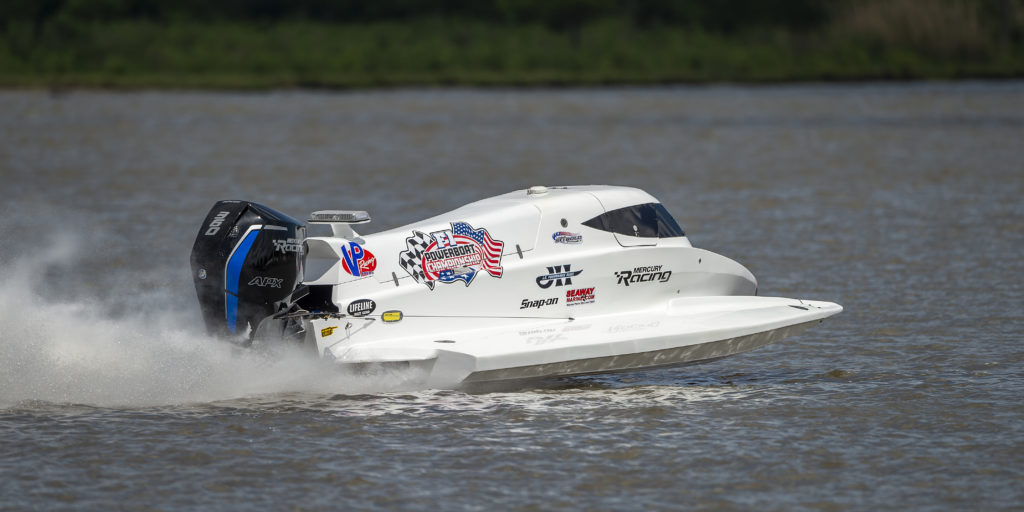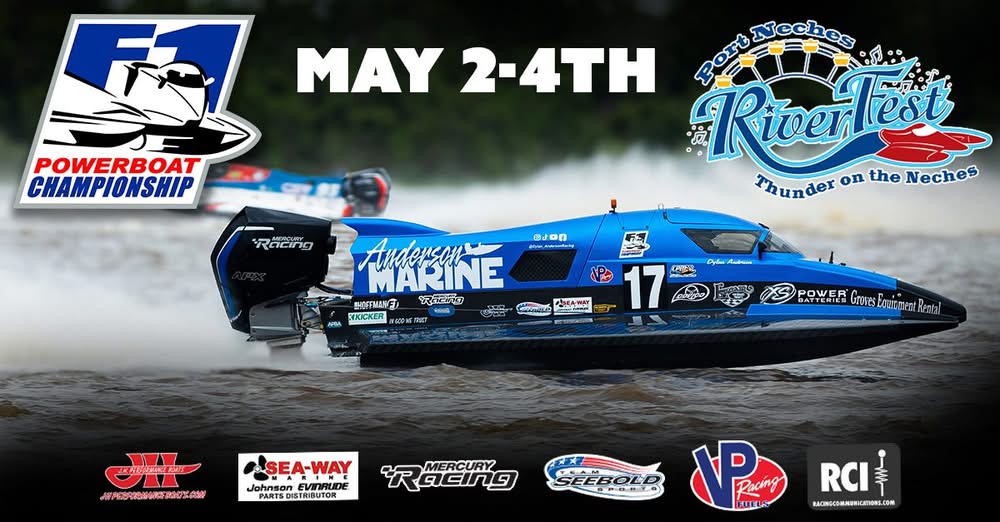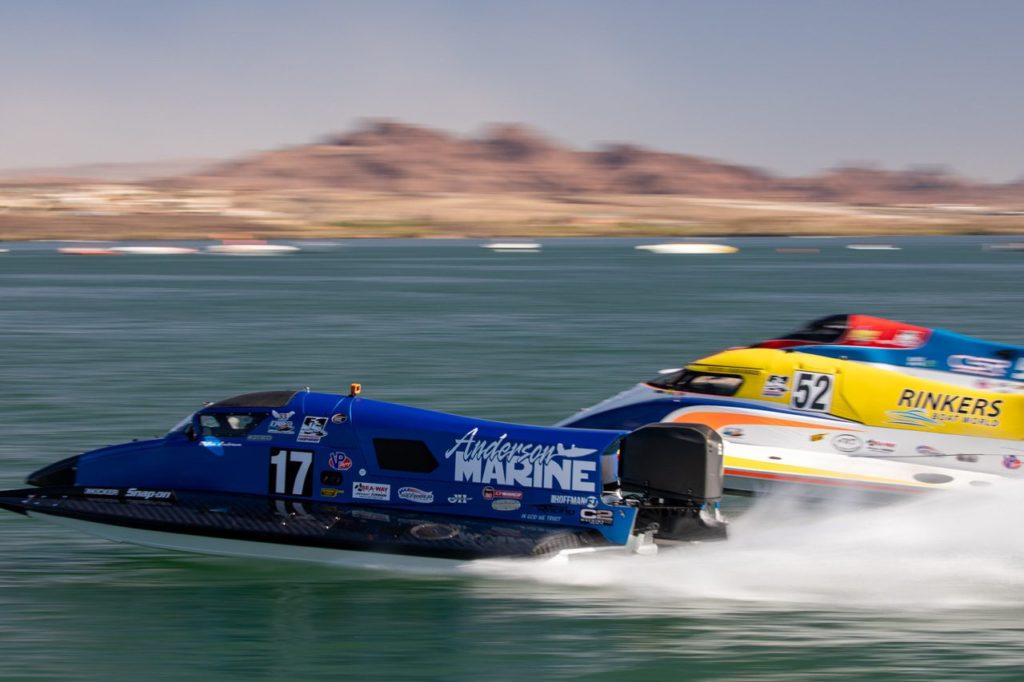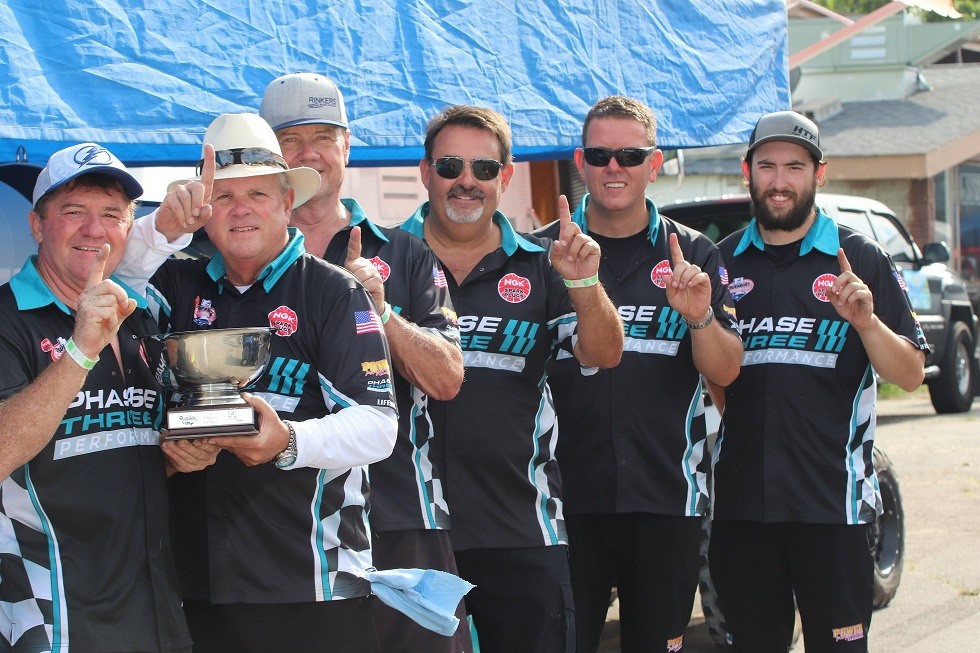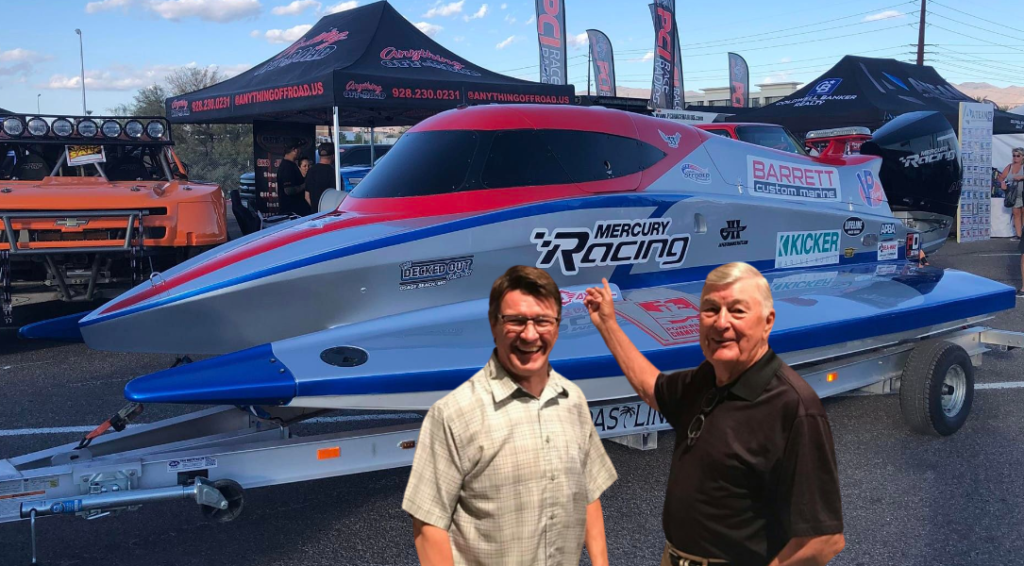It’s not creating the headlines that it once did but the after effects of COVID-19 continue to flow through the world’s health, educational, financial, and commercial institutions, and the motorsports ecosystem is no different.
Powerboat races and series are still being disrupted leaving governing bodies, organisers, teams, drivers, and sponsors trying to navigate the impacts and implications of event cancellations and modifications.
When PRW spoke to Tim Seebold, one of the men who are trying to guide the United States based F1 Powerboat Championship back onto an even keel he had this to say,

The last three years have been exceedingly difficult. Ever since the pandemic came out everything has changed so quickly. One of the main problems was that we were not sure whether the races could even take place. From state to state the environment differed, our only option was to postpone the whole series and bring it out of hibernation later.
Finding a sponsor was another huge task that Seebold and partner John Schubert had to contend with as no one sponsors an event when they are laying off people due to the pandemic. It’s a fine line for any corporation in this unique time and the public’s perception of how they are navigating through it responsibly.
The whole landscape of sponsorship has changed over the last few years, it’s now more about business to business. Long gone are the days when a huge corporation like Anheuser-Busch came along and offered sponsorship money to have your raceboat branded with their product or back your series just for media coverage. They are now more interested in paying to bring fifty to one hundred of their corporate guests to meet up with other corporate guests and exchange contacts details in a VIP environment alongside the race circuit.
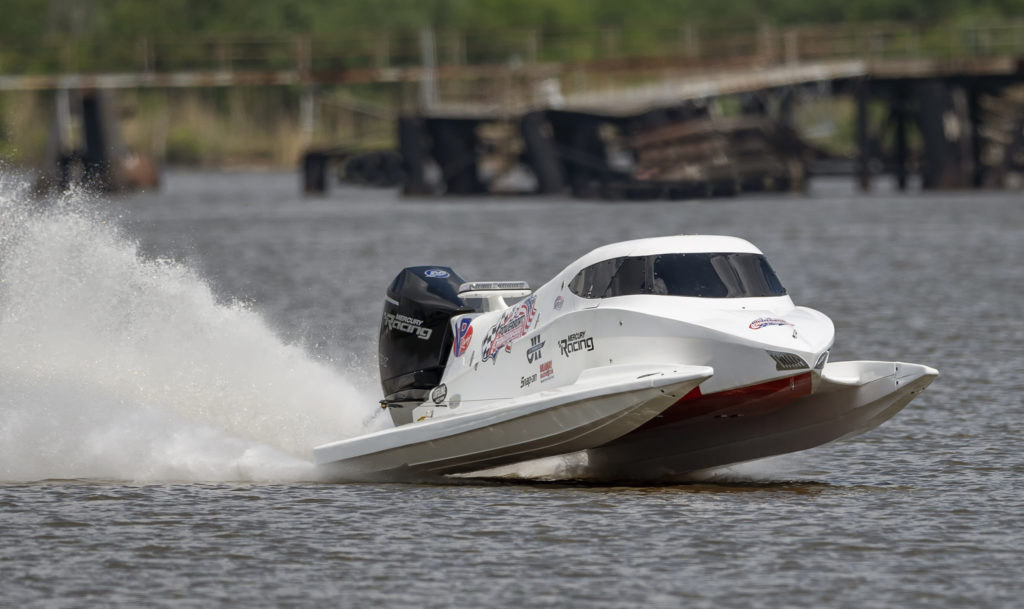
This is where the Formula 1 – two-seater boat race ride experience comes into its own. With Seebold offering the attraction of ride experience for dignitaries, invited media, sponsors, and VIPs with dragster like acceleration along with its five plus G’s cornering ability. Plans are now well underway so that the two-seater can be branded in whatever corporate colour scheme is necessary for that weekend’s guests. Videos footage of themselves strapped in alongside Seebold, showing them lapping the course with telemetry displaying speed and G-Force will then be available to download.

It has become a vitally important side of what we are doing as I see the two-seater ride becoming the ‘Crown Jewel’ in the way we promote the series to corporations and sponsors. You can’t lose sight of the fact that we are both an entertainment business/sport business. When guests leave the VIP Marquees, they want to see action on the water. It’s extremely hard to sell an empty space of river, so that’s the beauty of the different classes that run during our weekend minimizing down time.

We can always put something out on the water, it doesn’t have to be tunnel boats that why the Texas Tri-Hull are an integral part of the series. Don’t forget that both Chris Rinker and Jeremiah Mayo started out in the Tri-Hull’s.
With the first round at Port Neches River Fest all wrapped up Seebold was pleased with the outcome.

From a positive point of view having four different heat winners shows the parity of the field and I’m very encouraged by the performance of the Mercury APX 200. The final results didn’t quite tell the whole story after qualifying third RJ jumped the gun in the final and Dustin Terry hit two buoys. It will be the right fit and it won’t make the other engines ‘obsolete.’ We are making every effort to improve race on race. We are always working on the live-stream and social media aspect, it’s a lot of work to undertake and everything you do has a cost.
Another positive the series can take credit for is the race format that differs completely from the one used for decades by the UIM World Championships.
It all used to be marathon races, fifty, sixty laps which we realised lost its attraction after twenty minutes. We have found that the shorter action-packed sprint format holds the audience attention right up to the chequered flag. Utilizing timed races rather than number of laps allows us latitude to race on a variety of course lengths and shapes while not jeopardizing our competitors fuel load capacities. We want to shuffle the deck and run at different venues to vary the lap length.
To underline the popularity of this concept this race format has been successfully adopted by the Australian Formula Powerboat Grand Prix series.

To assist them they brought me over to Australia to avoid a lot of heartache and growing pains and now it’s proving to be remarkably successful for them. Sprint races with good vantage points works really well.

Amongst the highlights in Port Neches was the outstanding performance put in by Mayo during the F1 Final. Finishing second behind Terry Rinker with not only blades missing from his propeller but also the skeg missing was truly remarkable.
There are still many questions to be answered in this ‘post’ covid situation. Can Seebold simultaneously manage fan expectations, minimise operational costs and disruption, and plan for a future that, in both the short and long term, may not look anything like the past but at the same time keep those involved content?
I genuinely feel that we are finally heading in the right direction and a lot of that is down to having more than a one-year contract with the race venues. Multiyear deals mean that the drivers and teams can then go to their sponsors in July and discuss next season with confidence. Once that confidence is shared then we have the base to build the series up from. Switching to promoting the series is one of the biggest challenges of my life, but it was the right time for me to step out of the cockpit and give something back into the sport that as a family we have been involved with for decades now and will continue to be involved with.
Images supplied by the Formula 1 Powerboat Championship.








